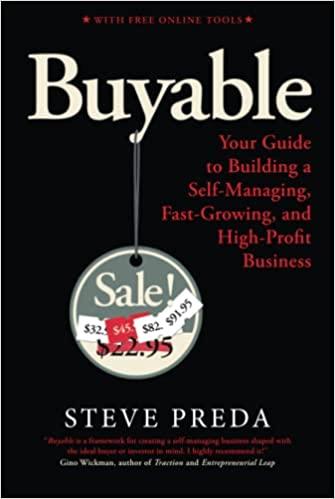Answered step by step
Verified Expert Solution
Question
1 Approved Answer
OOOOOOO 15-7: Setting the Target Distribution Level: The Residual Distribution Model 15-8: The Residual Distribution Model in Practice Problem 15-10 Alternative Dividend Policies Boehm Corporation

Step by Step Solution
There are 3 Steps involved in it
Step: 1

Get Instant Access to Expert-Tailored Solutions
See step-by-step solutions with expert insights and AI powered tools for academic success
Step: 2

Step: 3

Ace Your Homework with AI
Get the answers you need in no time with our AI-driven, step-by-step assistance
Get Started


